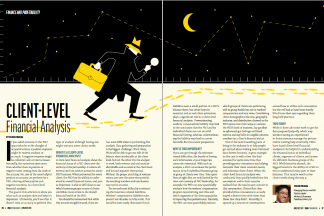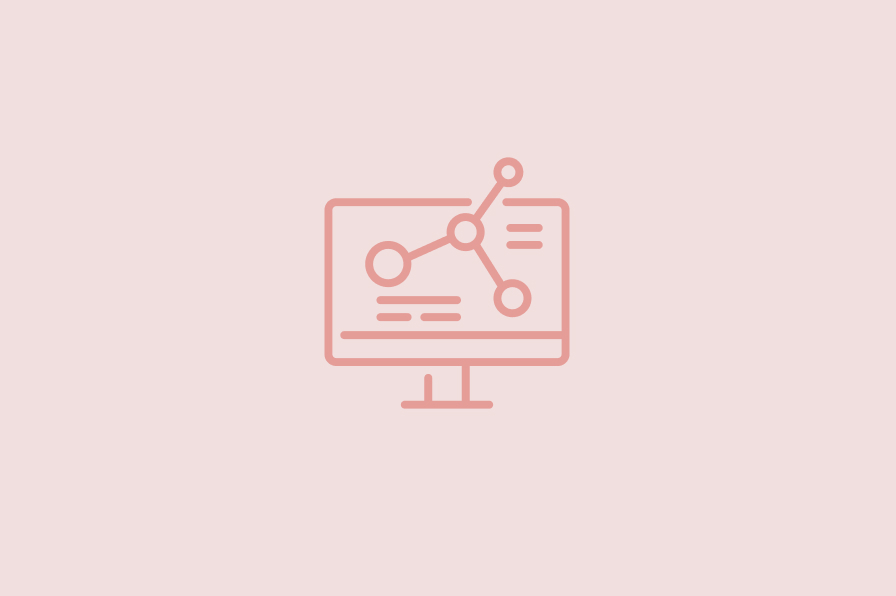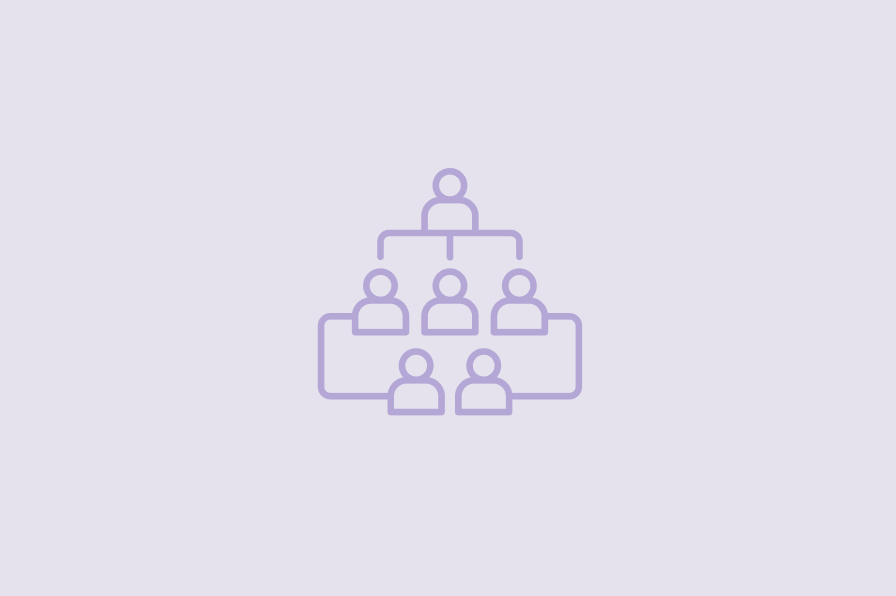Nothing seems untouched from AI these days. Even PEO risk management. Earlier this year, I had the privilege to join a panel at NAPEO’s Risk Management Workshop on the growing influence of AI and how it impacts the world of PEO risk management.
I moderated the panel, “AI & Risk – The Role of AI in Insurance Underwriting,” and was joined by industry experts: Frank Huang, Managing Director and Consulting Actuary, Davies Group North America; Julie Cirillo, Chief Risk Officer at Engage PEO, and Justin Rowley, Vice President Risk Management, Helpside.
The panelists provided a unique perspective of AI in the workers’ comp industry, sharing their own experiences and insights. The engaging session revolved around key discussion points, including:
- What is driving the use of AI for PEOs and in the Workers’ Comp Market?
- What challenges are companies trying to solve with AI?
- What is the Impact of AI in Workers’ Compensation?
- What results have you seen since incorporating AI?
- Why are some companies slow to implement AI as part of their operations?
- What advice do the panelists have for those considering AI?
For those of you who missed the event, here are the main points and key takeaways.
1. What is driving AI for PEOs and in the Workers’ Comp Market?
There are many reasons companies are motivated to use AI in insurance, including maintaining competitiveness to enhancing efficiency and addressing data limitations. Frank Huang of Davies Group North America, highlighted profitability as a common driver. He noted, “The overarching theme is profitability. Not only are companies always looking to improve the bottom line, but they want to make sure they are not being adversely selected against. Essentially, incorporating AI helps them avoid being left behind.”
2. What challenges are companies trying to solve with AI?
While Workers’ Comp is still in a soft market, insurers face pricing pressure and struggle to assess risks accurately. Justin Rowley of Helpside noted that AI helped their company add certainty to the underwriting process, especially in scenarios where data was scarce or in unfamiliar territories. He said, “we wanted to add another piece of data to the model we already used, especially in states we weren’t familiar with and for companies that didn’t have loss information, such as start-ups. AI provided that additional data.”
Julie Cirillo from Engage PEO echoed these sentiments, stressing the need for accurate risk prediction to support business expansion into new territories. She said, “As Engage PEO grew across the country and moved into new territories or industries, we wanted to accurately predict the loss for each prospect so we can price accordingly. For example, California can be a challenging state for workers’ compensation, and you had better have a tool that helps you understand the difference between underwriting a prospect in Los Angeles versus one in Sacramento.”
3. What impact has AI had on Workers’ Comp?
AI has revolutionized claims management. It has facilitated better triage and proactive risk management. Frank Huang highlighted its role in identifying high-risk cases early on, to aid in better claims management and underwriting decisions.
“With AI, you could have 100 cases come in and you will be able to identify and triage the cases that are most likely to incur higher costs, result in potential litigation, or involve greater claims management,” said Huang. “AI models also impact claims because of the year-round and heavily manual processes that have historically been used to manage claims, aggravated by the turnover in experienced complex claims adjusters.”
4. What results have you seen since incorporating AI?
Justin Rowley shared that AI has not only been helpful to Helpside in pricing new clients, but also in its renewal business. “The biggest impact AI has had on us, has been increased certainty in the underwriting process,” said Rowley. “We still use loss runs and an actuarial model when possible. I have built a dashboard that allows me to see the actuarial predicted losses as well as the AI predicted losses and we make decisions from there.”
Rowley also noted that AI also provided greater insights into prospects with data gaps, enhancing underwriting efficiency.
Julie Cirillo noted that AI has allowed Engage PEO to build a sustainable underwriting model and support their M&A activities effectively. “I needed to know that regardless of which underwriter looked at the potential risk of a prospect, we would get consistent results,” said Cirillo. “This solution has assisted in integrating our acquired companies, allowing for fast and accurate review of both the portfolio and individual clients to ensure profitability is maintained with the transition to our risk-bearing program.”
5. Why are some companies slow to implement AI as part of their operations?
Fear and lack of knowledge are key factors hindering AI adoption, according to Frank Huang. The audience provided feedback on potential barriers as well, expressing concerns around cost and change to underwriting teams experience and habits. Julie Cirillo pointed out concerns about costs and changes to established workflows.
“An AI model may not seem cheap,” said Julie Cirillo. “But you have to trust in your investment. If I could show you the profitability for Engage PEO on the Workers’ Comp line, it is significant. And it is significantly improved year over year. I credit that to our AI model that we are selecting the right risk and pricing it correctly. The investment has paid for itself.”
6. What advice do the panelists have for those considering AI?
Frank Huang advised understanding the specific problems AI can solve, while Julie Cirillo stressed the importance of trusting the investment in AI for long-term profitability. Justin Rowley emphasized that AI should complement, not replace, solid business practices.
“I think we all want to work towards better profitability,” said Justin Rowley. “But keep in mind, AI does not replace solid underwriting practices or business practices. Utilize AI to enhance these practices.”
In conclusion, the panelists agreed that AI presents a significant opportunity for PEOs in enhancing efficiency, profitability, and risk management. Embracing AI strategically can position PEOs for success in an increasingly competitive landscape.
-
SHARE
- Copy to clipboard



